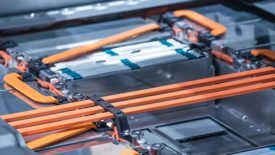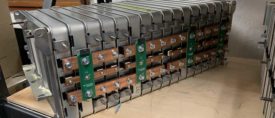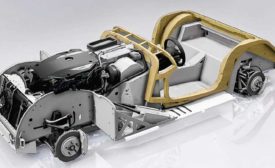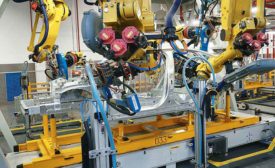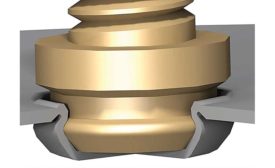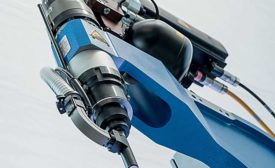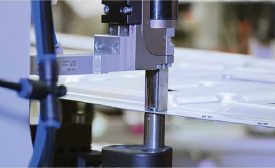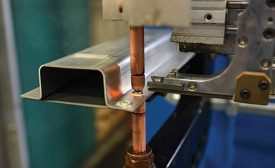Home » self-piercing rivets
Articles Tagged with ''self-piercing rivets''
Injection Lap Riveting
A new process, injection lap riveting, is showing promise for joining dissimilar metals.
August 3, 2021
New Developments in Self-Pierce Riveting
New technology incorporates the advantages of self-pierce riveting while overcoming its limitations.
January 6, 2021
Advances in Self-Piercing Riveting
Self-piercing rivets are helping automakers assemble aluminum and high-strength steel
August 2, 2018
Fasteners for Automotive Lightweighting
Hybrid welding-fastener processes join self-piercing riveting as the best technologies for automotive lightweighting.
October 17, 2017
Resistance Spot Riveting
A new joining method for sheet metal combines traditional riveting with resistance spot welding.
January 5, 2017
Never miss the latest news and trends driving the manufacturing industry
Stay in the know on the latest assembly trends.
JOIN TODAY!Copyright ©2025. All Rights Reserved BNP Media.
Design, CMS, Hosting & Web Development :: ePublishing
